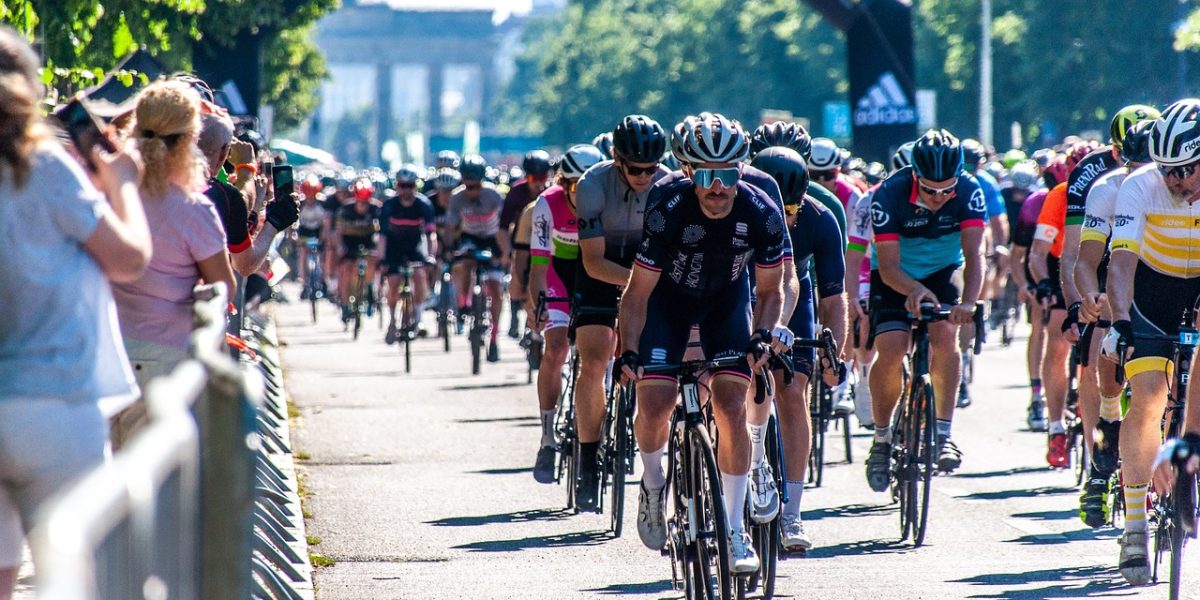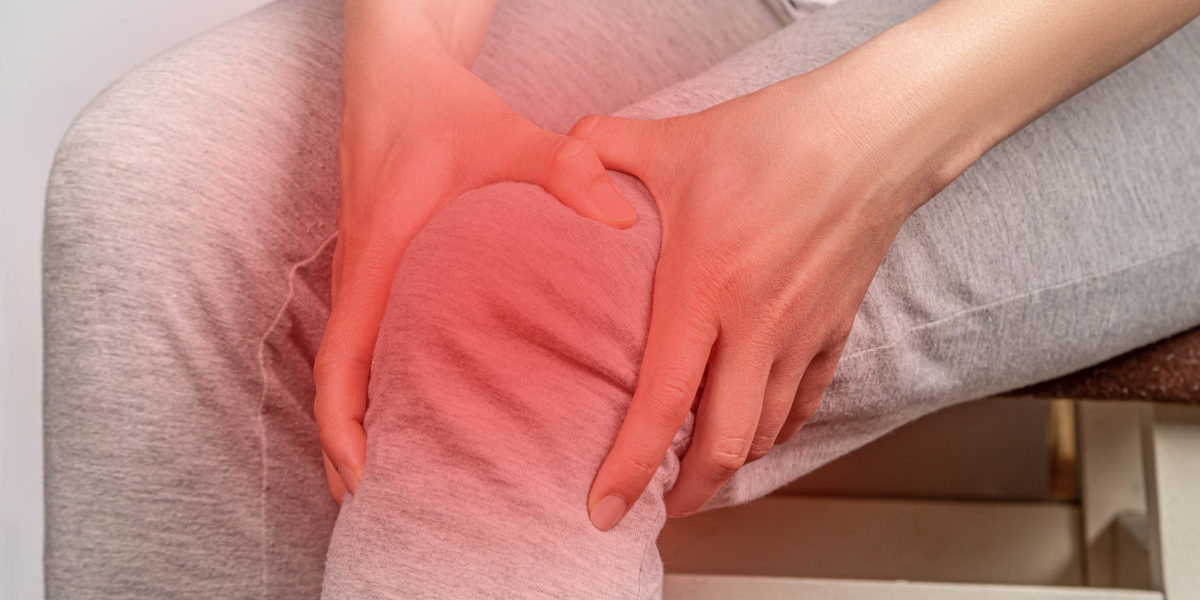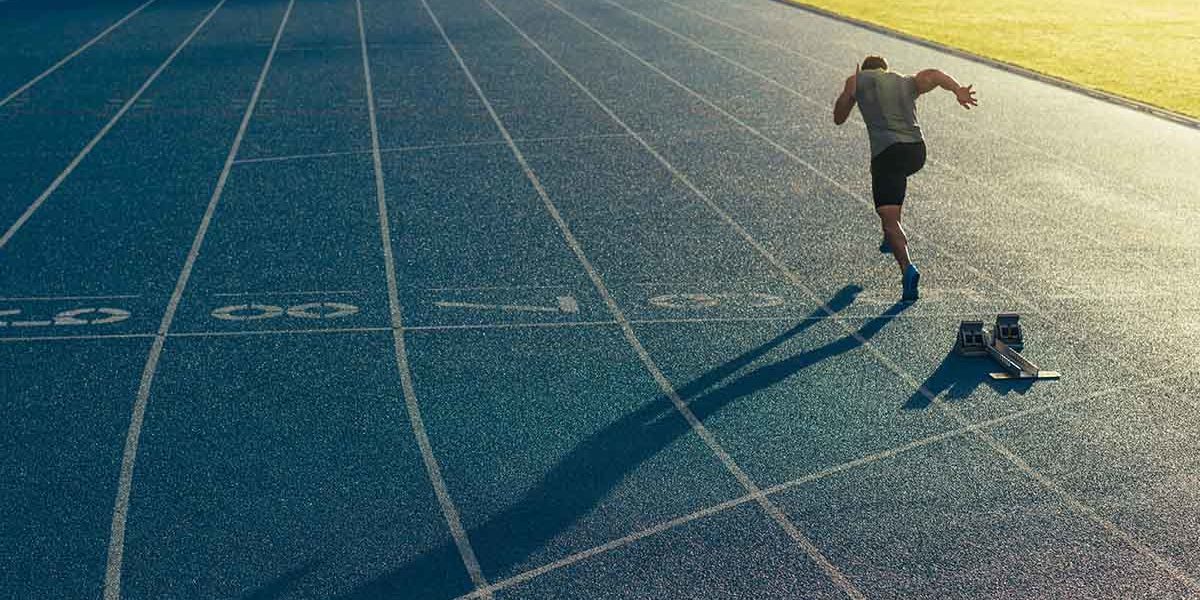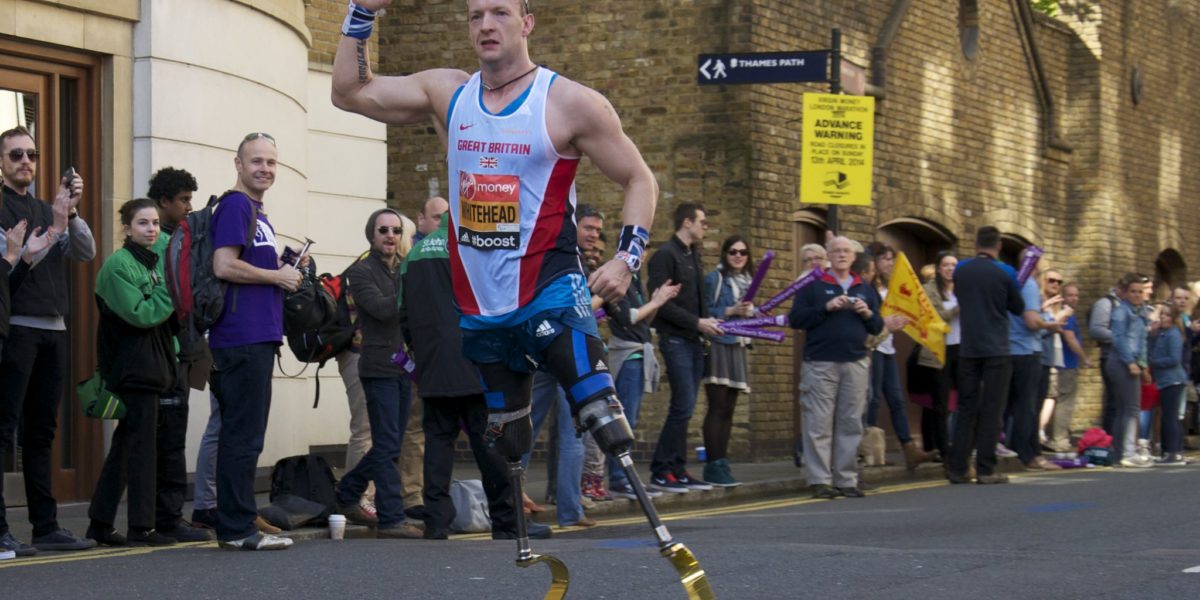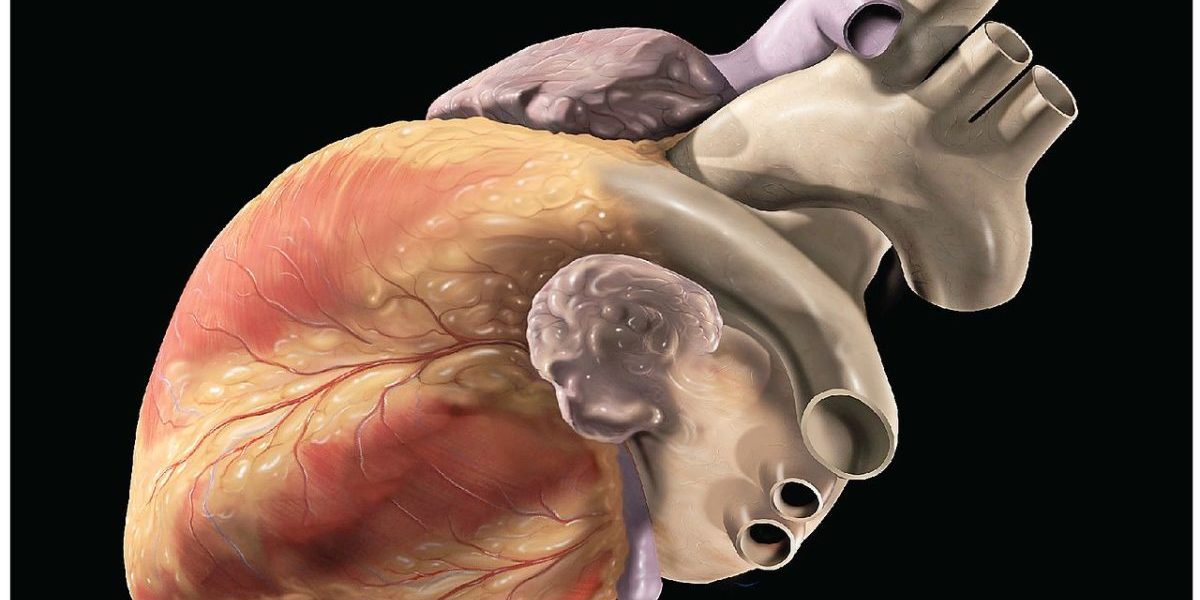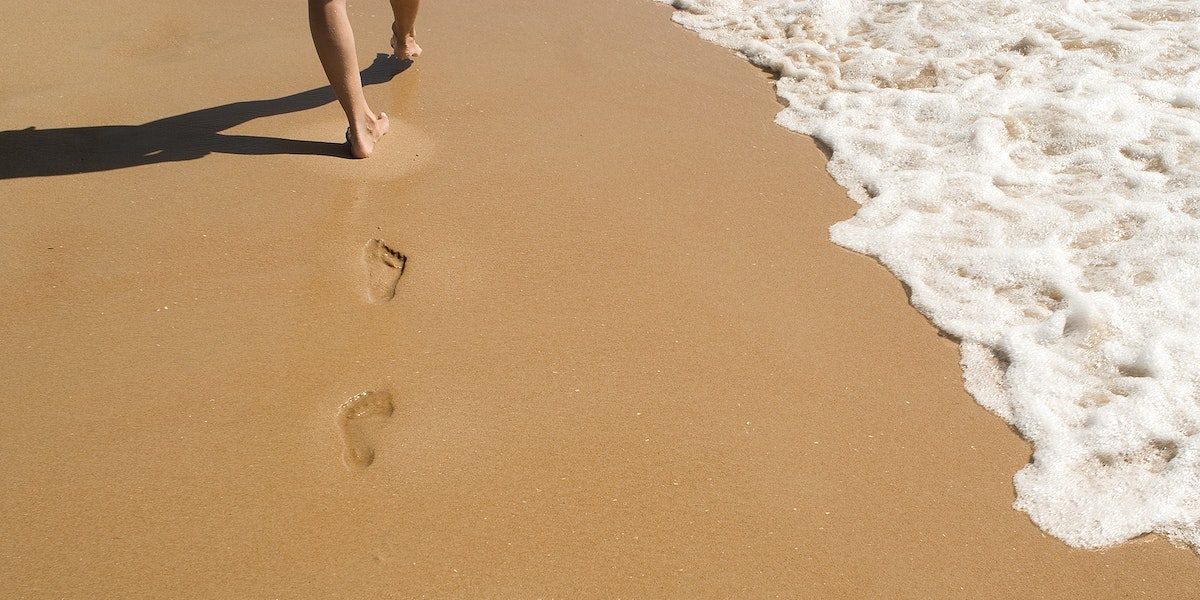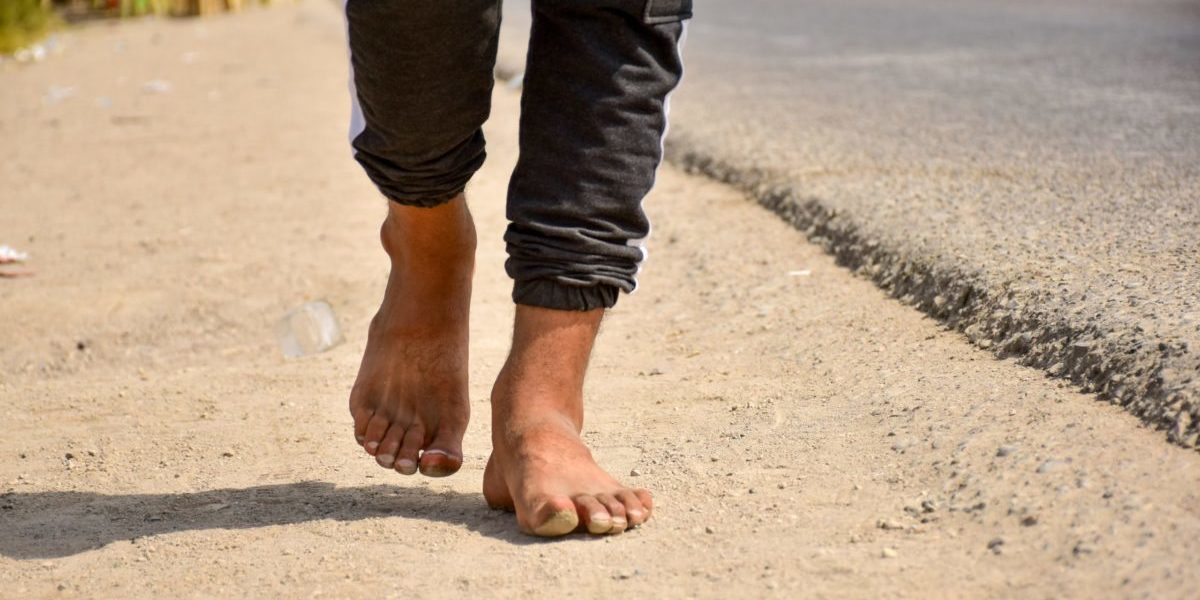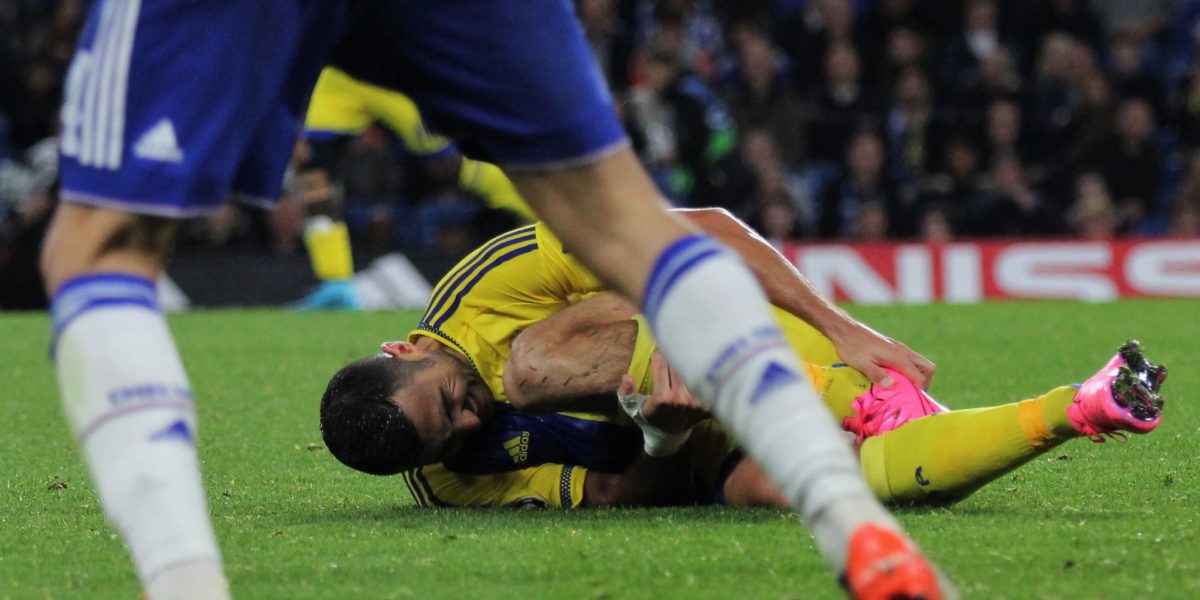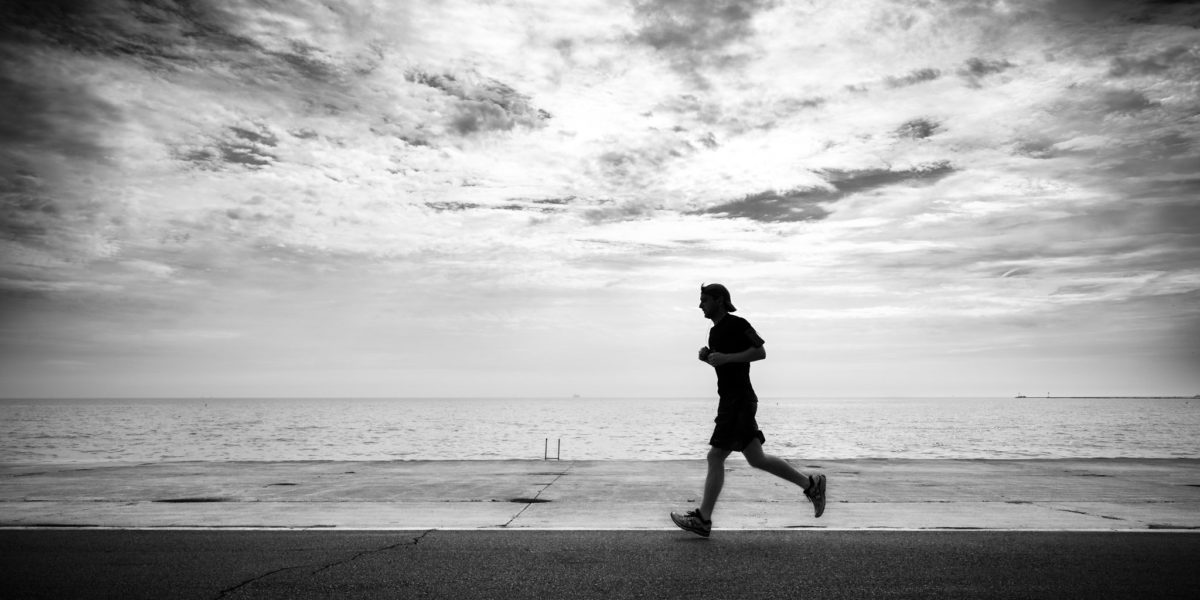Endurance athletes, ranging from marathon runners to long-distance cyclists, are frequently faced with the mechanical limits of their muscles and bodies. But what sets these limits? A key limitation is the anaerobic threshold. The anaerobic threshold is the point at which the body shifts from aerobic to anaerobic metabolism, which causes a buildup of lactate and ultimately muscle fatigue. This is particularly an issue for endurance athletes because is limits the athlete’s ability to sustain force production and resist fatigue, lowering their endurance capabilities.
Read More: Endurance Performance: The Biomechanics of VO2 Max and Muscle Fatigue in Endurance Sports Continue reading “Endurance Performance: The Biomechanics of VO2 Max and Muscle Fatigue in Endurance Sports”Tag: running
The Science Behind Load Management: How Isometrically Overloading Tired Knees Can Promote Growth and Healing
Many athletes who experience pain right below the kneecap after a spike in volume of explosive physical activities (ie. running/jumping) are diagnosed with patellar tendonitis, commonly referred to as runner’s or jumper’s knee. The suffix “itis” is Greek for inflammation and a common remedy is rest to reduce the inflammation. In some cases, an initial rest period combined with physical therapy to strengthen surrounding muscles such as the hip flexors and gluteus medius is enough to alleviate the knee pain for good, in other cases the rest is of no benefit or even worsens the patellar tendon’s condition and starts a chronic cycle of resting and then returning to activity in more pain than before. In these cases a more accurate diagnosis of patellar tendinopathy is correct. Patellar tendinopathy implies chronically recurring pain on the anterior of the knee that is difficult to treat. In such cases, an MRI often reveals small lesions throughout the patellar tendon indicating that the tendon is structurally damaged and not just inflamed. A better understanding of the patellar tendon’s biological composition, and biomechanical function may help to resolve future cases of patellar tendinopathy.
Continue reading “The Science Behind Load Management: How Isometrically Overloading Tired Knees Can Promote Growth and Healing”How Much Can Running World Records Improve?
100 years ago, it was thought to be impossible to break 4:00 in the 1 mile race. Now, since 1954, there have been over 1600 runners to break the illustrious barrier, including nearly 20 high school athletes.
Continue ReadingThe Present and Future Implications of Advanced Prosthetic Limbs in Sports
In this podcast, my guests and I get into detailed discussion and debate on prosthetic limb use in modern-day, and future Paralympic and Olympic sport. We discuss the intricacies of the biomechanics of these devices, and we have ethical discussions as to what should and should not be allowed in sport. Furthermore, we expand our discussion to neurological implants, and their connection to advanced prosthetic limbs, finishing with a discussion of the implications of these devices to the future of society.
Runner’s High (with guest speaker Emily Nist)
A discussion about the biomechanics behind running at altitude, including the effects of altitude on the body, how to combat it, and how to utilize it to enhance running performance.
An Exploration Into The Growth Of The Heart As A Result Of Certain Exercise
Have you ever wondered what happens to your heart when you begin to consistently exercise? How does the heart change and why? Well, the answer may not be very complicated.
During intense exercise, our heart is put under stress as it has to rapidly pump blood throughout the body. The heart often responds to this by increasing its size, but it does not do this like our other muscles. The heart has to add mass to its existing cells instead of adding new cells as we only have a limited amount of cardiac muscles; the amount we are born with is all we have. The health of our hearts is important. In the US, heart disease and injury are the number 1 cause of death. So, it is in our best interests to learn more about our health so as to minimize our risks of heart-related ailments.
Continue reading “An Exploration Into The Growth Of The Heart As A Result Of Certain Exercise”Do your Foot Arches make you more or less likely to be injured?
Have you ever wondered how your arch type may affect your everyday life especially in physical activities such as running or playing sports? Well it turns out that without taking precautions, a higher arch or a flat foot may cause you to more likely be injured! People have all different types of arches, and each foot can be affected differently based on the type of arch.
Continue reading “Do your Foot Arches make you more or less likely to be injured?”Have you ever wondered how your arch type may affect your everyday life especially in physical activities such as running or playing sports? Well it turns out that without taking precautions, a higher arch or a flat foot may cause you to more likely be injured! People have all different types of arches, and each foot can be affected differently based on the type of arch.
Continue reading “Do your Foot Arches make you more or less likely to be injured?”Ditching the shoes: Minimalist trend or natural advantage?
The discussion of returning to minimalist ways, namely walking or running barefoot, is a question that rises in many circles, from new parents to elite runners.
Continue reading “Ditching the shoes: Minimalist trend or natural advantage?”Oops I Did It Again: The Biomechanics Behind Repetitive Ankle Injuries
Ankle injuries – either sprains or fractures – are one of the most common sports traumas plaguing the US today. Sprains are overextensions or tears in ligaments. Fractures, on the other hand, are broken bones.
Continue reading “Oops I Did It Again: The Biomechanics Behind Repetitive Ankle Injuries”Heads Up and Eyes Steady – The Optimized Mechanism for Human Running
In the insightful words of Bruce Springsteen, we as human beings were Born to Run. Humans have never been a sedentary species. The tendency to constantly relocate for survival purposes required skill in obtaining food efficiently, which heavily influenced early human evolution. Humans with optimal body mechanics for running ultimately held an advantage in hunting and gathering for food, and over time, the human body adapted to these survival requirements and developed a self-optimizing mechanism for running. This implies that initiating the act of running activates certain responses in the body to perform most efficiently.
Continue reading “Heads Up and Eyes Steady – The Optimized Mechanism for Human Running”